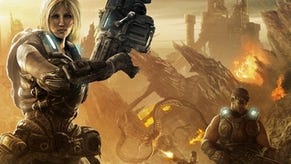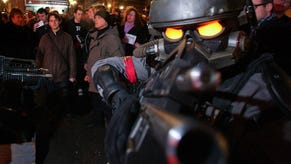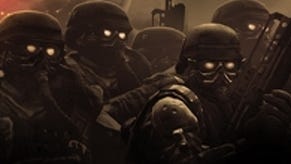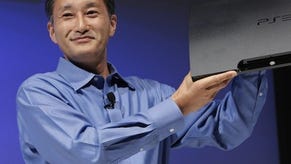Killzone 2
Welcome to Helghan.
Killzone 2 has much to prove. The first Killzone, released for the PS2 back in 2004, was hailed as a "Halo killer" before release, a rather unfair burden that it ultimately failed to shoulder. Graphically ambitious, its tale of ferocious future war was perhaps too much for the poor old black obelisk to handle. The frame-rate was sticky, the draw distance short. Review scores, inevitably, were mediocre. Then there was that big kerfuffle about pre-rendered footage, screenshots that were scrutinised to an impossible degree, and the lingering insistence from vocal gaming "enthusiasts" that each new PS3 exclusive must apparently single-handedly prove the worth of the console in every conceivable way.
Comparisons to Halo were the blunt sticks used to bludgeon the game in 2004, and it seems unavoidable that Gears of War will be the new benchmark against which Sony's current great grey hope will be judged by fans of kneejerk comparison. Both, after all, feature a quartet of tough-talking soldiers pushing behind alien enemy lines, both take real-time environmental detail to grimy new levels, and both are structured as a relentless military campaign, with constantly changing primary objectives providing the backbone for the level structure. Where gameplay is concerned, however, Killzone still has more in common with PC shooters like Rainbow Six than any supposed console rival.
Not helping the Gears comparisons, the first five levels of Killzone 2 form one long, almost constant firefight. From the moment your landing platform hits the acrid soil of Helghan, you're defending a convoy into the heart of the capital, Pyrrhus, as Helghast troops block you at every turn. The first level is Corinth River, and it's here that you get to sample the new first-person cover system for the first time. Killzone is nothing if not tactical, and those approaching it with a run-and-gun mentality - or just hoping to be able to absorb damage and shoot from the hip - are doomed to frequent bloody death. Thankfully, taking cover is simple and intuitive. Holding L2 snaps you to whatever cover you're standing alongside. If it's low cover, you automatically crouch to suit.
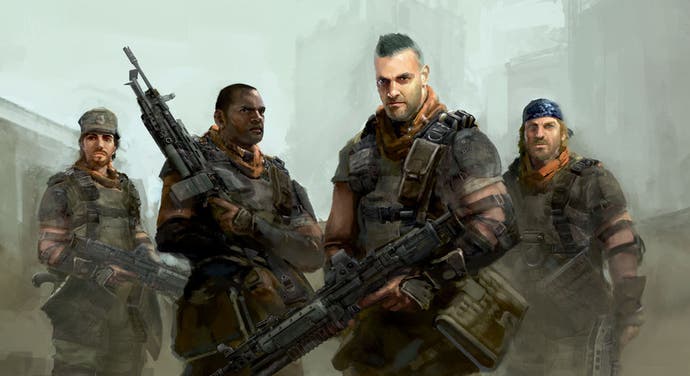
The left stick can then be used to sidle left or right behind your makeshift defences, leaning out when you reach the end, while pressing up pops you over the top to return fire. Should your gun run dry while standing, you'll automatically drop back behind cover while you reload. You can also blindfire over the top. Damage is indicated by splatters of blood around your peripheral vision, indicating the direction of the shots, and the game uses the now-traditional recharging health system. The blood creeps in, colours drain out and if you can't find a safe spot, you'll be face-down in a heartbeat.
Weapons are mostly low key, with a natural emphasis on small arms. There are rocket and grenade launchers, but these are scarce and generally best saved for tougher foes. Instead, you swiftly settle into the rhythm of the game - sweeping and clearing entrenched areas, pressing forward one piece of cover at a time. Shooting on the fly is a good way to waste ammo, and most of your kills come from short, controlled bursts taken down the iron sights view from a safe vantage point. Finding these strategic sanctuaries becomes increasingly tricky as the game evolves, but that's all part of the challenge.
Movement can feel sluggish to begin with, but that's because you're moving like an actual soldier would. Stick sensitivity can be tweaked, but this sense of weight is constant - and important. You're not playing as a floating gun, hovering around a battlefield, and the feeling that you have actual in-game mass helps to ground the combat even further in the realm of the real.






